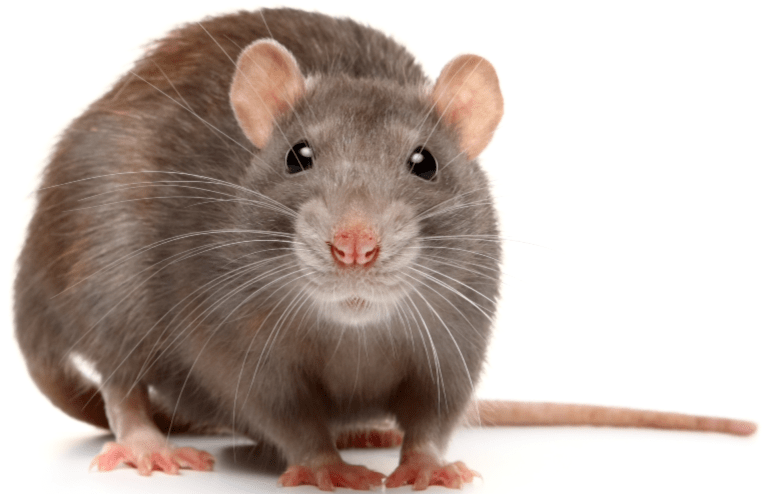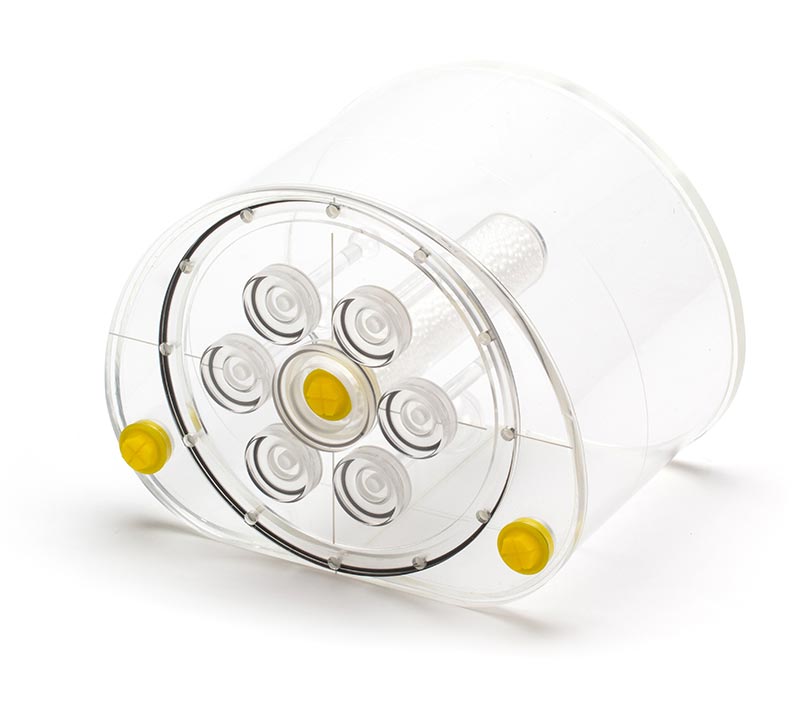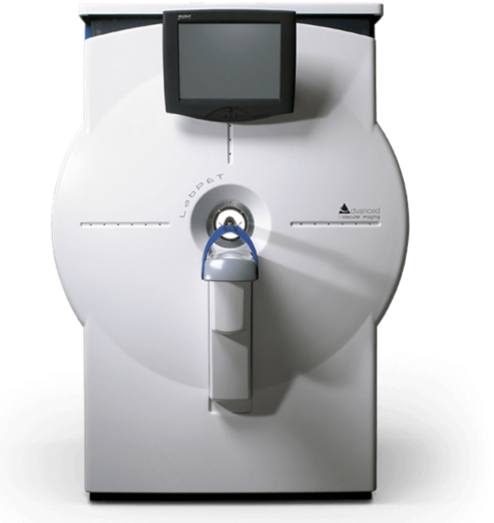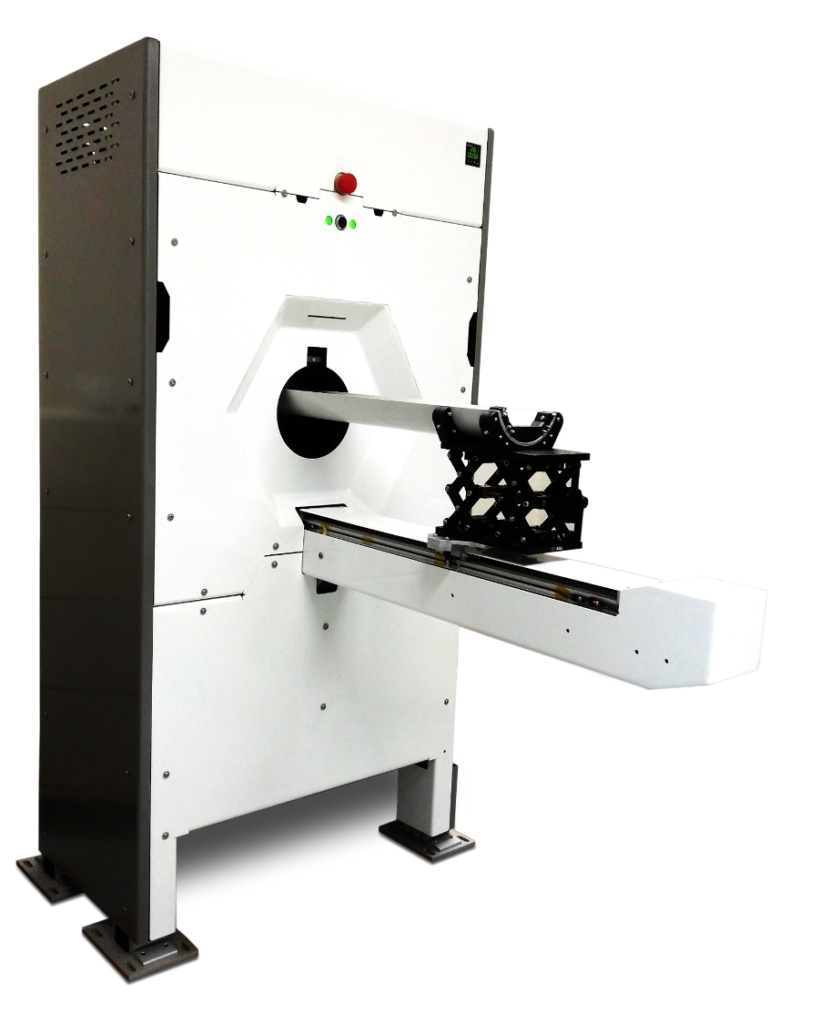After the commercial success of the LabPET I (also known as “Triumph”, “LabPET 4”, “LabPET 8”, “LabPET 12” or “LabPETTM First Generation”), the improved second generation of LabPET scanners was officially launched in 2020. These preclinical imaging scanners are available as standalone, table-top or even as an integrated PET/CT system.
The challenges with preclinical small animal research is the scale at which measurements are made and being able to be cost-efficient with funding. For that, the LabPET II preclinical scanners offer ultra-high precision, which enables the exploration of new research challenges. With its modular approach, the LabPET II scanners offer 48 possible configurations, allowing it to be the best solution for every need and budget. The four available preclinical ring diameters allow preclinical imaging of mouse, rat, rabbit & mid-size animals. For each of the diameters, it is possible to choose a configuration between 1 and 12 rings for a wide range of single or multi-bed imaging studies.
Better spatial resolution can bring better & quicker results, making it possible for research groups to reduce experiment cycles & optimize the use of resources. In many cases, ultra-high precision can allow new possible studies or simply make the difference between being able or not to reach definitive conclusions.









